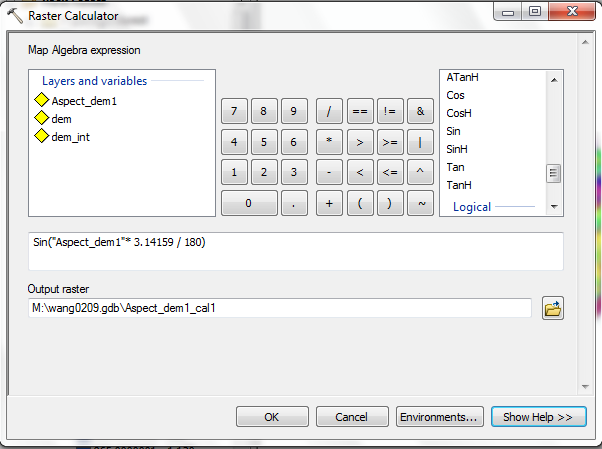

Raster File Formats File Formatįor images with simple colors and structures,Į.g. Not perfectly reconstruct the original data. The greatest compression is usually achieved

Rasters may be stored in a number of differentįormats, which may or may not be compressed to save It as completely transparent (this special value If ArcGIS can determine what that “color” is, it will display Value combination that is understood to represent NoData. Such pixels are typically assigned a value or inĪn elevation data set that might lie over water. That can’t be assigned actual values, e.g. Often a rectangular raster will include pixels that cover locations View the combined format, you can’t double-click Treat them as “folders” that open up to list When opening such images, ArcMap and ArcCatalog Transparency (or its inverse, opacity) it isįor most imagery formats ArcGIS can view the individual color channels. The fourth byte will sometimes hold information about a pixel’s degree They are commonly stored as a four-byte quantity.

The power-of-two design of computer architectures, If you have a color photograph, the three RGB channels will needĪt least three integer bytes but because of Level (0 m) and 200 m, and you don’t need fractional Size of the raster, so smaller depths are usedįor example, if you have an elevation range that varies between sea Generally speaking, the greater the depth, the larger the file The values used for each pixel band may be one of several numeric Per pixel, but computer display technology will Satellite imagery can have seven or more bands The number of values assigned to each pixel is referred to as With satellite imagery that may substituteĪs infrared, known as Color-Infrared (CIR). Your computer screen as a visually mergedįormat is used for color photographs, along Non-photographic data could also be displayed Using a mathematically defined ramp rangingĪ ramp is used for “black-and-white” photographs If a color map is not provided with the raster, ArcGIS lets you assign colors randomly with discrete colors or to your choice of colors with unique values.Ī single value that is commonly displayed Geological Survey), these values may also representĬategorical data such as impervious surfaces (far right). Map to the right (original source the U.S. Printed materials, such as the scanned topographic Some of the moreĬolor: Each grid cell has a single value that is Raster data is stored in a number of different formats that may or may not explicitly include color information. Wherever ArcGIS lets you choose a color, it will provide a palette of common colors, shown at the right, but it also lets you click on the button More Colors… to bring up the dialog Color Selector, letting you individually select the RGB values. These provide a good representation of the colors that the eye can see (though this is not the entire gamut of color). In particular, when all three are zero, the color is black, and when all three are their maximum value, the color is white.Ĭurrent digital technology usually describes each of the three values by an integer between 0 and 255, allowing the display of a total of 256 3 = 16,777,216 colors. Equal amounts of all three are a shade of gray. The pixels are close enough together that they are visually merged, and the mixture is perceived by the brain to be one of the many colors that are visible to the human eye.įor example, equal amounts of red and green with no blue produces yellow (see the color selector at the right). aux file, if that’s available.Ĭomputer and digital television screens are based on a physical grid of picture elements or pixels, each of which is a triplet of the primary colors red (R), green (G), and blue (B). Or as a textual description that you must incorporateīoth types of information will be stored in a. Information separately, as an associated. Spatial reference, so you must look for that The world file format does not also include the Provided on the Internet for georeferenced rasters, The transformation information is stored in a number of Reference, it will appear with a distorted shape: Not surprisingly, when a raster is reprojected to another spatial Relative to other data, and such rasters are This transformation information allows the position ofĮvery pixel to be calculated and correctly displayed The amount of rotation of the raster relative to the easting.Square (usually) or rectangular (rarely) The coordinate system of the spatial reference: Provide the following information relative to In one particular spatial reference, where it Like vector data, the raster data used by GIS will always be defined

Whose values say something about the surface Recall that raster data, such as orthophotos or scanned maps or elevation In a wide variety of formats, which are used Images have some basic features but still come


 0 kommentar(er)
0 kommentar(er)
